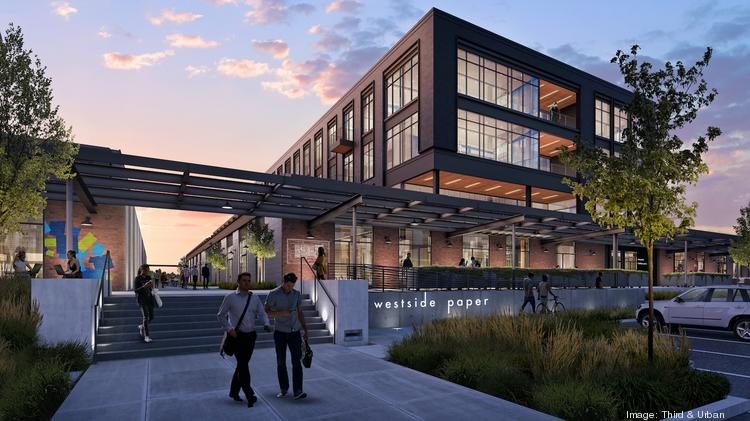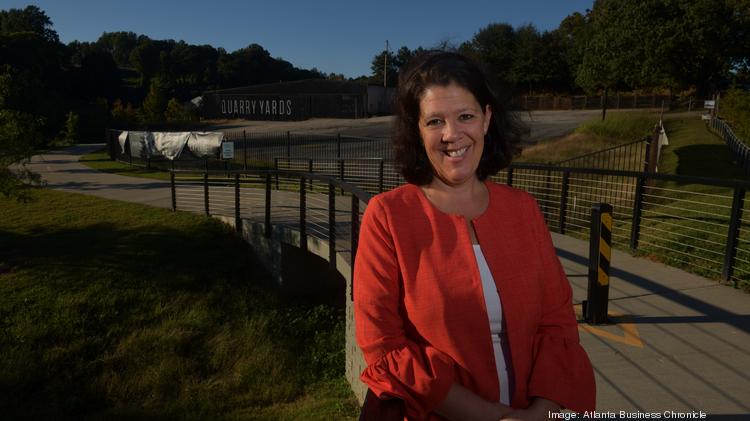New mega-projects on Atlanta’s west side illustrate growing tension between investment and forced displacement.
Lincoln Property Co. has started pre-development work at Echo Street West, a planned $227 million revitalization of 19 acres at the intersection of Donald Lee Hollowell Parkway and Northside Drive.
New mega-projects on Atlanta’s west side illustrate growing tension between two powerful forces — a desire for investment in the city’s poorest neighborhoods and apprehension it may force displacement of longtime residents.
That dynamic is seen in the recent sale of Quarry Yards, a development site on the edge of the Bellwood Quarry that could transform Grove Park and neighborhoods farther west for a generation. A local real estate affiliate of Microsoft Crop. bought Quarry Yards for $127 million, Atlanta Business Chronicle reported Sept. 10. The project is expected to feature office space, market-rate and affordable housing, stores and restaurants.
However, Grove Park neighborhood advocates, who are working on preserving affordable housing and bringing new services to the community, have not yet heard from Microsoft officials or the city.
They are becoming anxious.
Georgia Tech, a pipeline of computer engineering talent, is an influence on Microsoft’s expansion and a driver of growth on the city’s west side, where other vulnerable neighborhoods such as English Avenue are poised for even more change.





